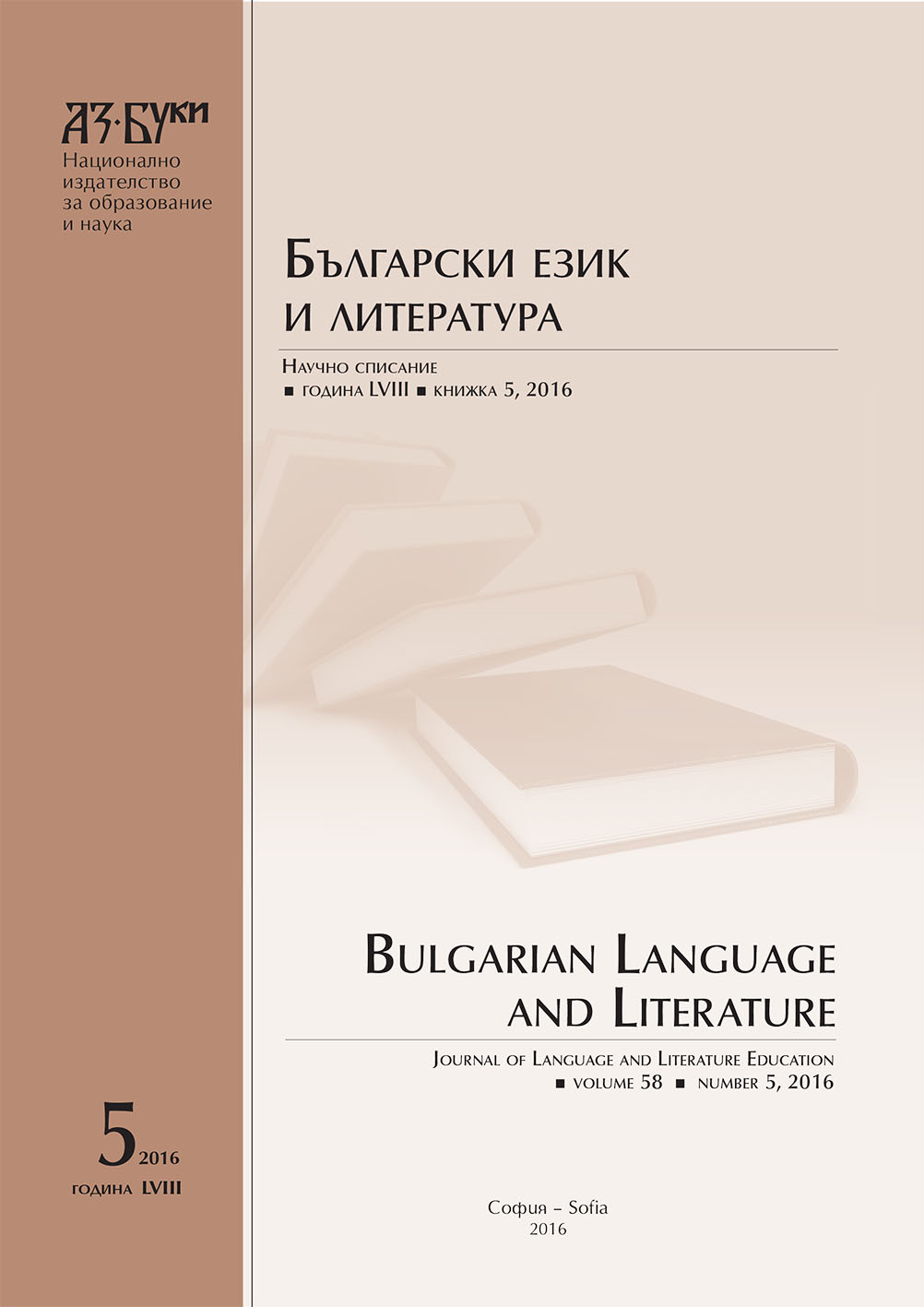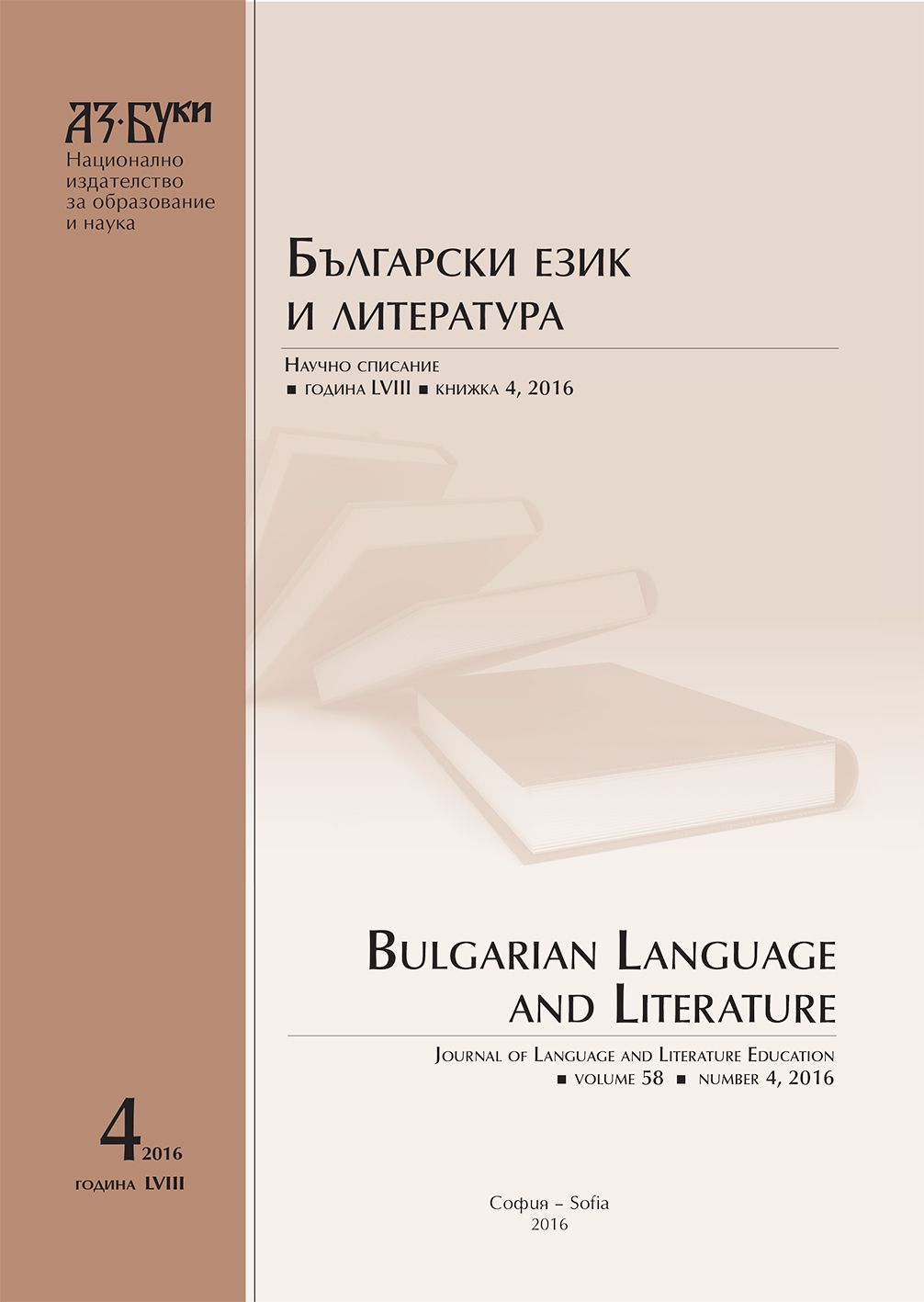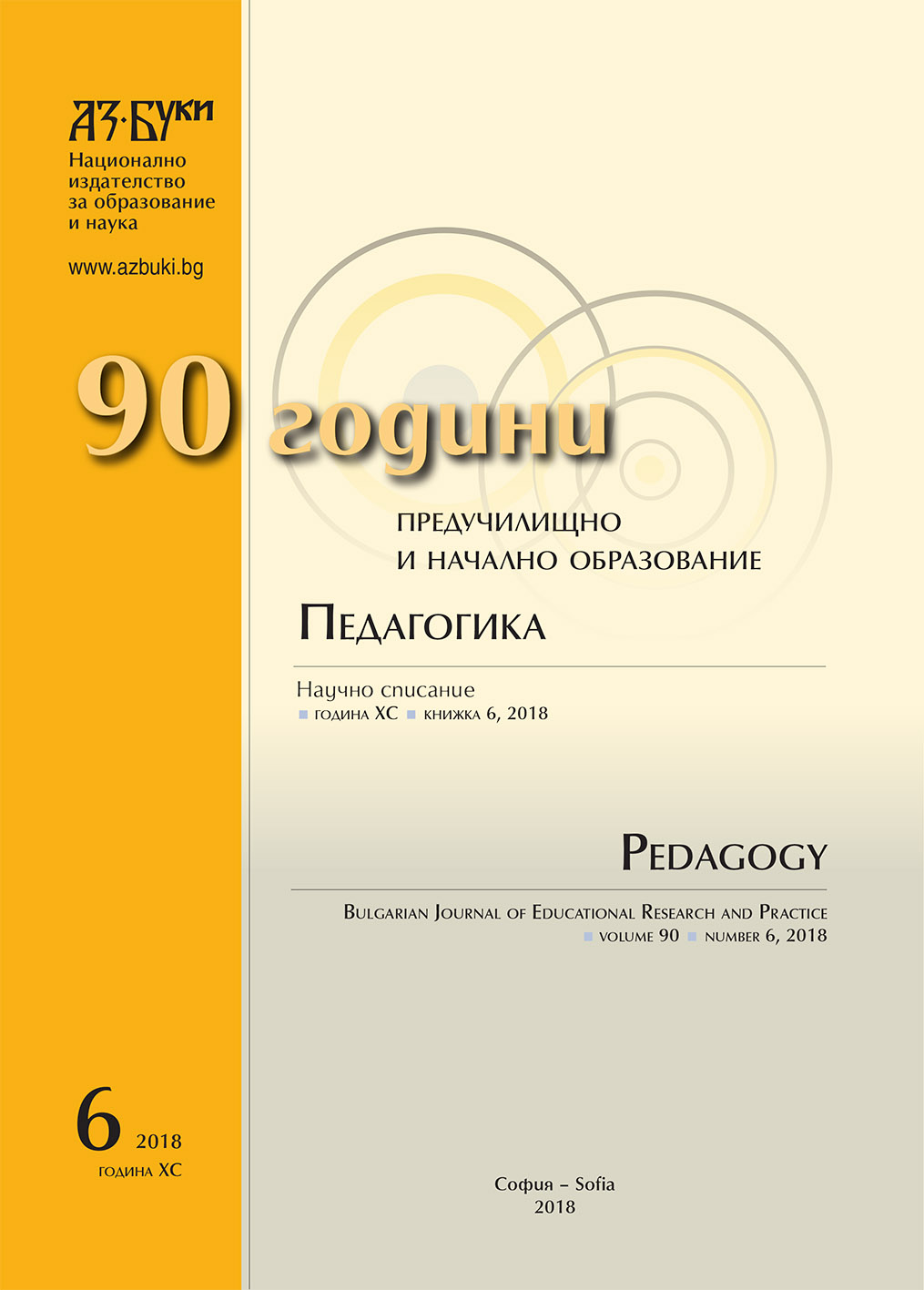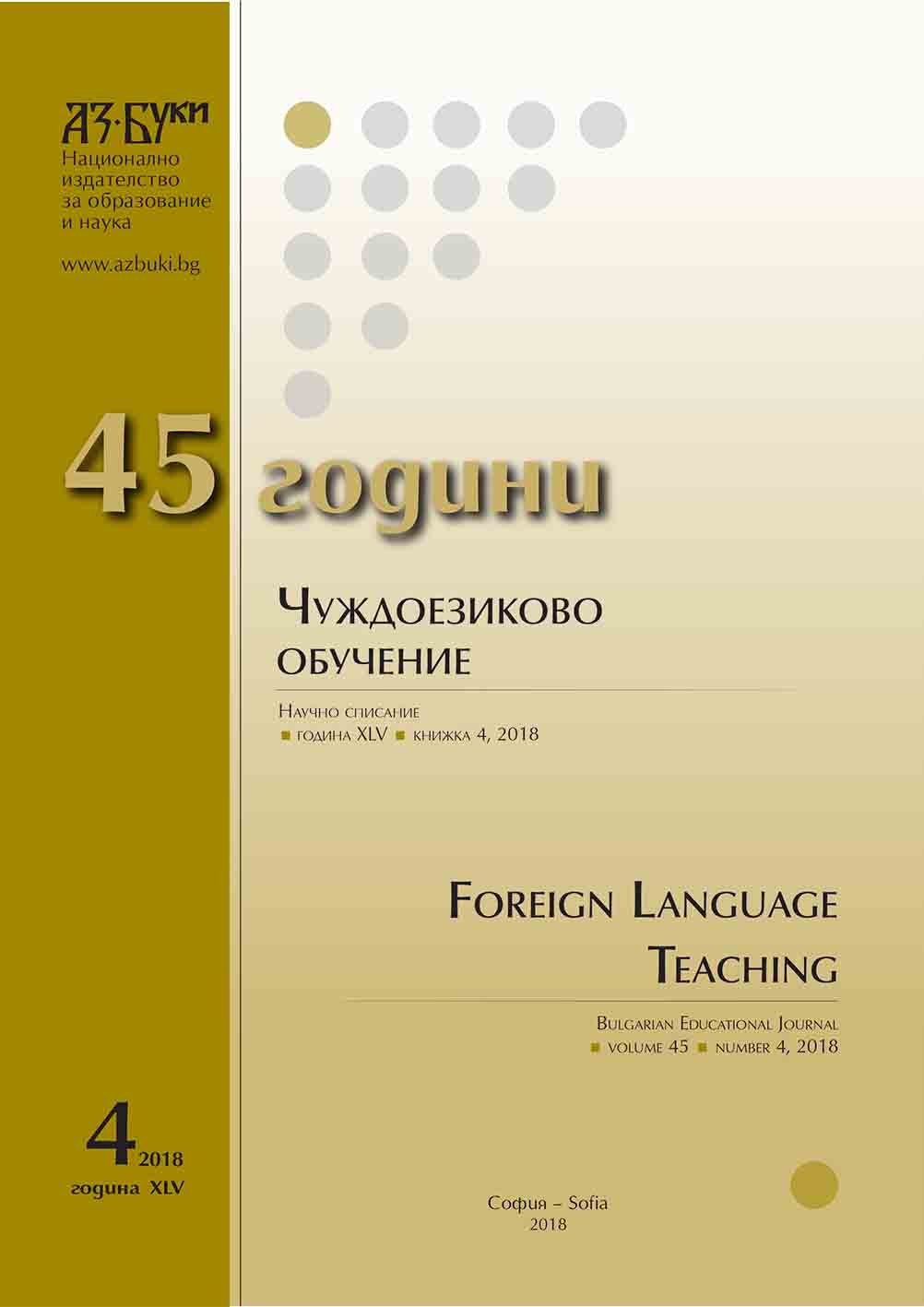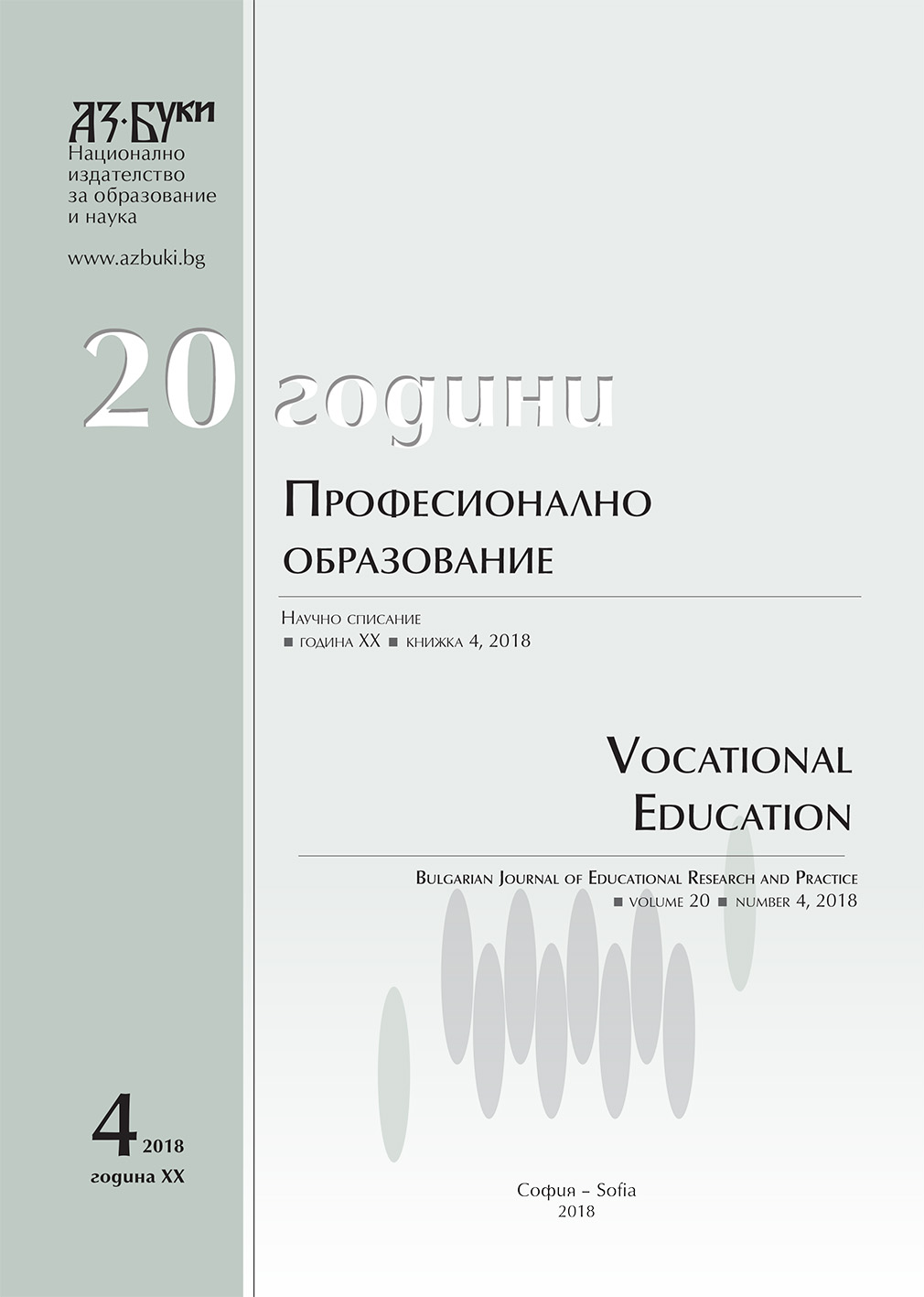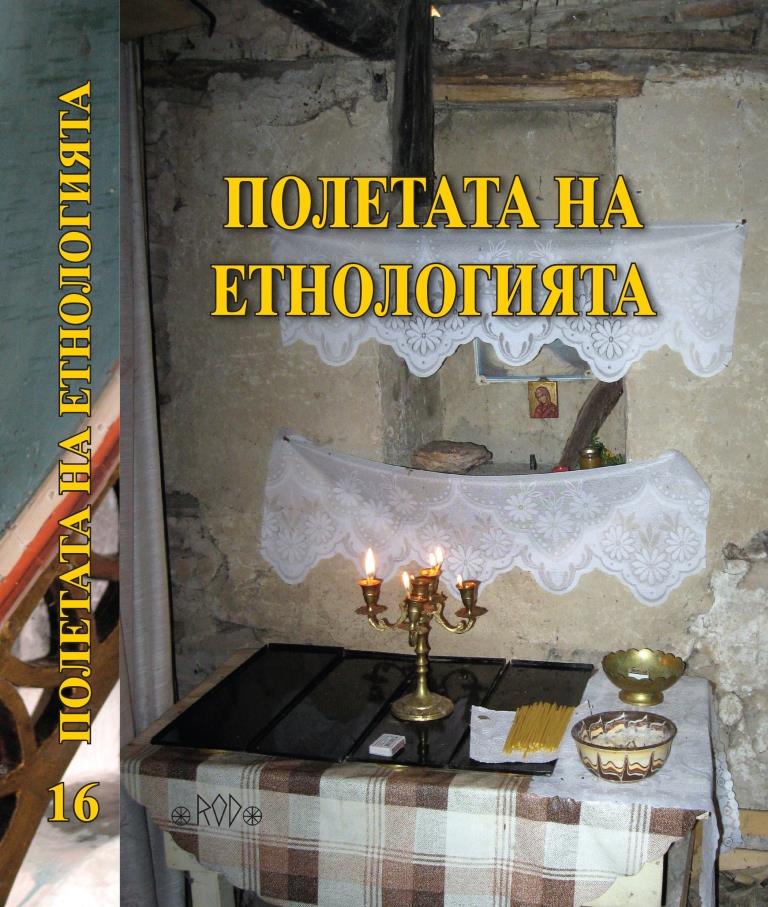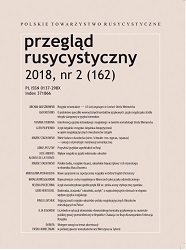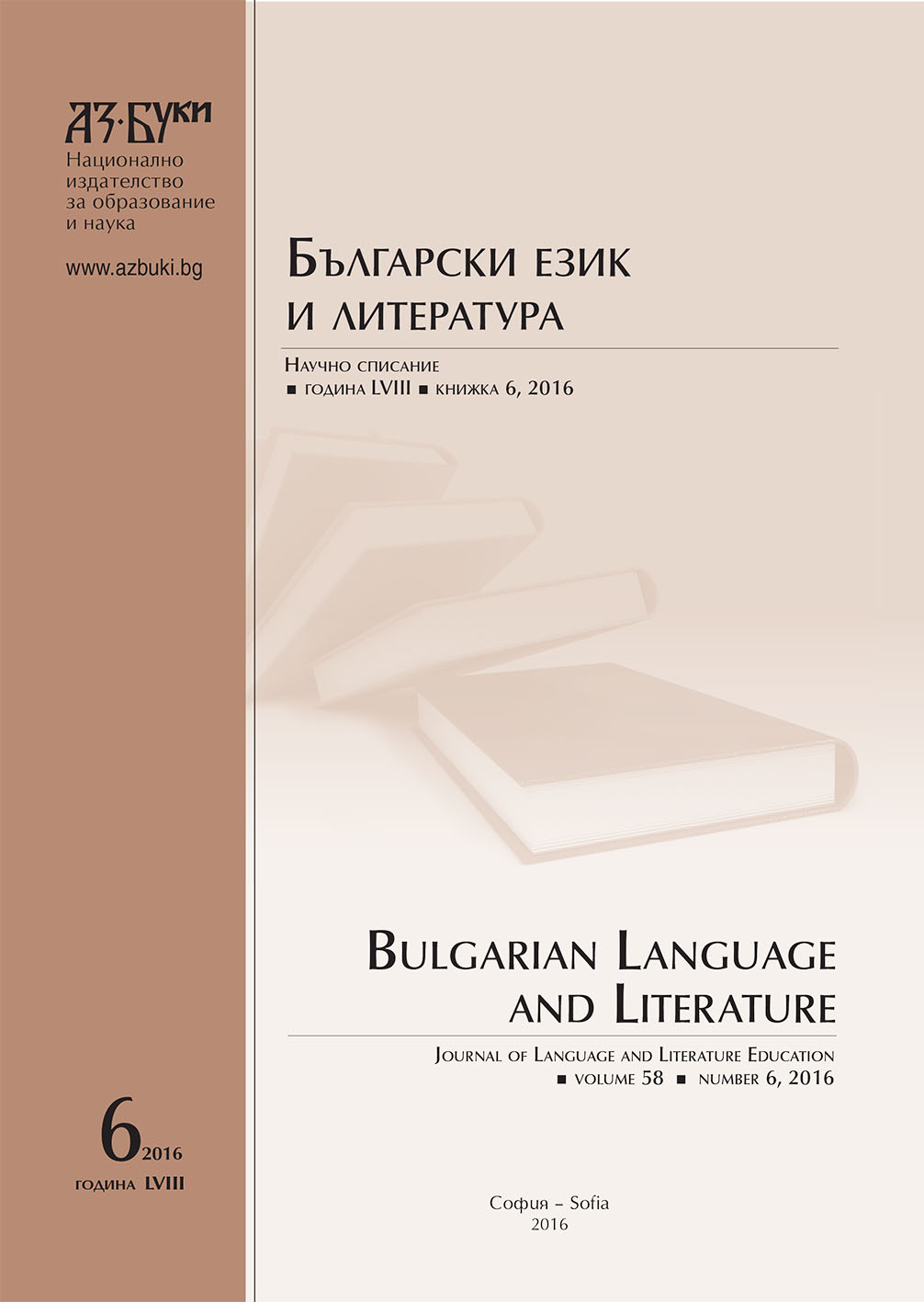
Париж: отвъд своето и чуждото. Модернистични интерпретации на големия град
In Bulgarian literary history the problem “own – foreign” is repeatedly displayed as essential for learning and teaching Bulgarian modernism. This article is questioning this opinion and for the purpose it focuses on the most popular interpretations of Paris in Bulgarian literature. The metropolis is seen beyond the opposition “own – foreign”; it is “other space”, heterotopia (Foucault) and its function is to make the subject refer back to him/herself. Some canonical works by Atanas Dalchev, Elisaveta Bagriana, Nikolay Liliev and others are commented.
More...
